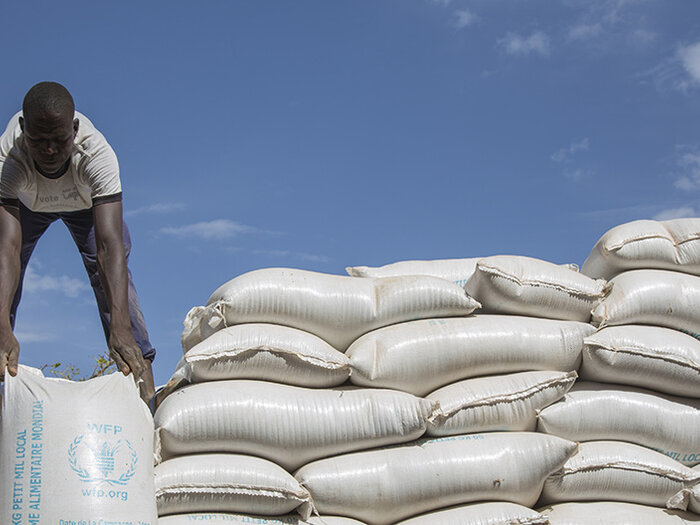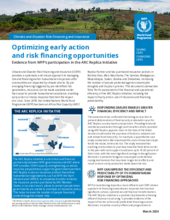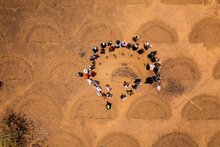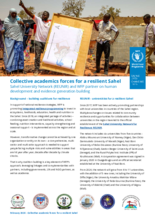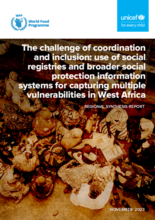Burkina Faso
- 25%
- of children under 5 suffer from stunting
- 40.1%
- of people live on less than US$1.90 a day
- 20.4 million
- population
Burkina Faso is a landlocked and low-income country located in West Africa, with a population of about 20.4 million.
Since 2018, the security situation has deteriorated due to the growing active presence of non-state armed groups. This has led to increased forced displacement, which in turn has exacerbated food and nutritional insecurity across the country. In 2019, Burkina Faso was one of the fastest-growing displacement crises in the world.
A total of 3.3 million people are estimated to be facing acute food insecurity, with the COVID-19 pandemic contributing to a sharp spike in numbers. Two provinces in the Sahel region – Oudalan and Soum – have been driven into the Emergency phase of food insecurity. Some 3 percent of people in these northern areas are said to be experiencing catastrophic levels of acute food insecurity.
What the World Food Programme is doing in Burkina Faso
-
Crisis response
-
Following a rise in violent attacks and increased displacements, WFP provides monthly food or cash assistance to internally displaced persons (IDPs). WFP also provides Malian refugees residing in the Sahel region with a monthly ration consisting of cereal, pulses and oil, and cash (about US$8 per person per month), depending on economic status. WFP provides monthly assistance for three months during the lean season (June-August), supporting those most in need.
-
School feeding
-
Since 2004, WFP has been supporting the Government by implementing a school feeding programme in the Sahel region. Take-home rations are also a further incentive to attend school activities until they complete at least primary school. Since 2015, WFP has been supporting the development of the milk value chain in connection with schools, and developing pilot school gardens, nutrition education, the creation of nutrition clubs and support to communities in terms of food processing to prevent food waste.
-
Nutrition
-
Despite the difficulties posed by growing insecurity, WFP is implementing activities to prevent and treat malnutrition in children under 5 as well as pregnant and breastfeeding women and girls. Activities include screening for acute malnutrition and referrals for treatment, campaigns on best infant and young child-feeding practices, the set-up of mothers’ support groups across the four priority regions, improvement of nutritional awareness, development of nutritious gardens (in schools and communities), and training in food processing to preserve the nutritional value of products and avoid food waste.
-
Resilience building
-
WFP-supported livelihood opportunities contribute to improving the resilience of individuals and communities to both socioeconomic shocks and the effects of climate change. Support includes the provision of storage technologies, and training on post-harvest losses reduction and food processing. In 2019, WFP introduced a weather index-based insurance in various villages likely to be affected by drought.
-
Common services
-
WFP is providing technical and logistical support to the Government and humanitarian community to ensure an efficient and effective response. Specific projects include the replenishment of national strategic food stocks, developed with the Government, and setting up a UN house in Ouahigouya to support the establishment and maintenance of an emergency telecommunications network. As of June 2020, the United Nations Humanitarian Air Service is supporting humanitarian response in the country.
Burkina Faso news releases
Go to pagePartners and Donors
Find out more about the state of food security in Burkina Faso
Visit the food security analysis pageOperations in Burkina Faso
Contacts
Office
66, Angle Av. Georges Konseiga et Av.du Général Aboubacar S. Lamizana, 11 BP 1754 Ouagadougou 11, Burkina Faso
Ouagadougou
Burkina Faso

